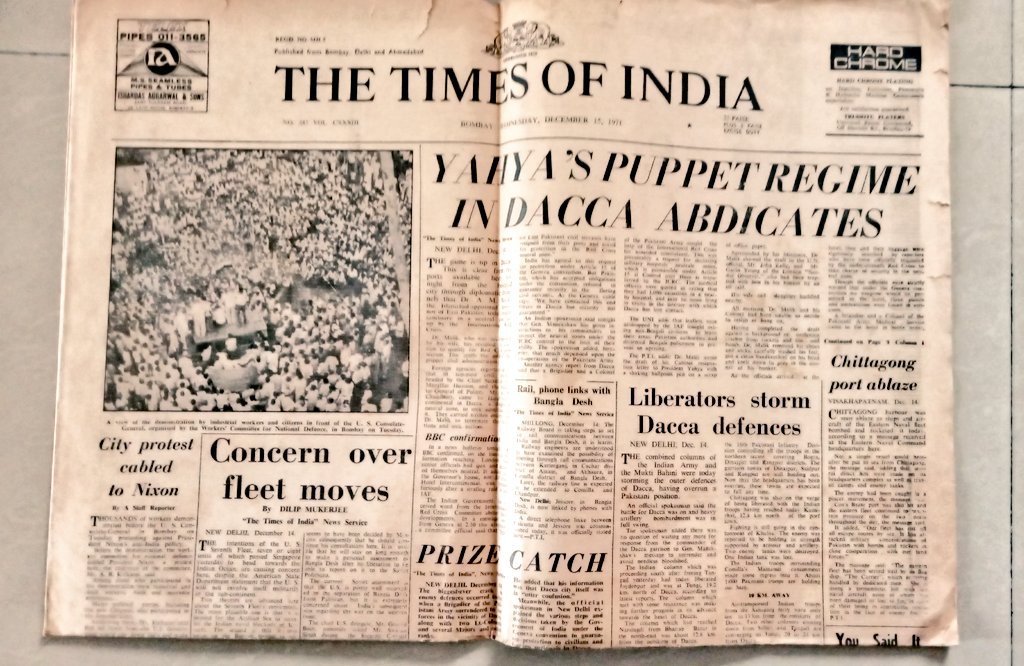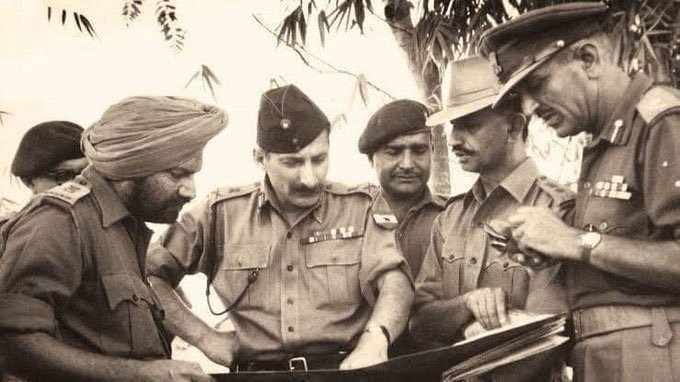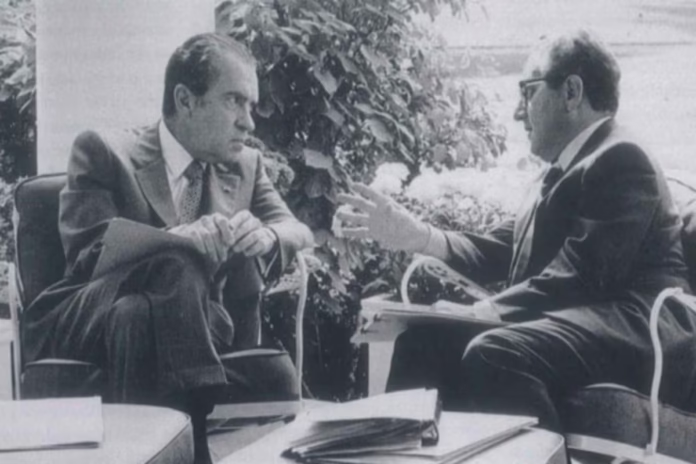In a powerful reminder of history, the Indian Army’s Eastern Command marked August 6 with a “This Day That Year” post, reviving memories of one of the most defining moments of South Asian geopolitics. The Indian Army shared a newspaper clipping from August 1971 that highlighted international protests against the genocide in East Pakistan, as well as the controversial support extended by the United States to Pakistan during that period.
The clipping revealed demonstrators marching outside the White House in Washington with placards condemning President Richard Nixon’s administration for siding with Pakistan despite widespread reports of mass killings in East Pakistan. Similar protests also erupted outside the British Parliament, with activists calling on global powers to stop supporting Pakistan’s military regime. These images reflected a growing international outcry against the violence being committed against Bengalis in what would soon become Bangladesh.
The Context of 1971: Cold War Politics
To understand the significance of this clipping, one must revisit the global context of the early 1970s. The Cold War was at its peak, and the United States viewed Pakistan as a key ally in its strategy to counter Soviet influence in South Asia. Between 1954 and 1971, Washington supplied Pakistan with military aid worth more than $2 billion. This deep military relationship was evident in 1971, when U.S. leaders continued to back Pakistan even as reports of atrocities poured in from East Pakistan.
On the other side, India leaned closer to the Soviet Union, signing a 20-year Treaty of Peace, Friendship, and Cooperation in August 1971. This treaty gave New Delhi strategic assurance at a time when it was preparing to intervene in East Pakistan to stop the humanitarian crisis. The superpower rivalry of the Cold War meant that the liberation struggle in Bangladesh was not just a regional conflict but also a reflection of larger global alignments.
Genocide in East Pakistan: Indian Army
By March 1971, the Pakistani military had launched Operation Searchlight, a brutal crackdown on Bengali nationalists and civilians in East Pakistan. Reports of massacres, mass rapes, and the displacement of millions shocked the world. An estimated 10 million refugees poured into India, creating a humanitarian catastrophe. Despite this, the U.S. administration continued to supply Pakistan with arms and extended diplomatic cover at international forums.

The Indian Army’s resurfacing of this old newspaper clipping serves as a reminder of the protests that erupted across the world against such policies. Ordinary citizens, academics, and activists took to the streets, demanding that Washington withdraw its support for the Pakistani regime. The image of placards reading “Nixon Supports Genocide” remains one of the most powerful symbols of public outrage from that era.
India’s Intervention and Decisive Victory: Indian Army
India formally entered the war on December 3, 1971, after Pakistan launched preemptive airstrikes on Indian air bases. In just 13 days, the Indian Armed Forces secured one of the most decisive victories in modern military history. Approximately 93,000 Pakistani soldiers surrendered to the joint command of Indian and Mukti Bahini forces, making it the largest military surrender since World War II.
This swift victory not only ensured the creation of Bangladesh but also demonstrated India’s growing military and strategic strength. The defeat of Pakistan also reshaped the balance of power in South Asia, with India emerging as the dominant regional power.
Symbolism of the Indian Army’s Post
By posting the old clipping in 2025, the Indian Army is doing more than just reminding the nation of past glory. The message carries layered symbolism. First, it underscores India’s role in stopping genocide and standing on the side of justice. Second, it highlights the hypocrisy of major powers that, despite public knowledge of atrocities, chose geopolitical expediency over humanitarian values.
The post also resonates with current debates about international alignments and foreign policy. Just as Cold War politics dictated the U.S. stance in 1971, modern geopolitics continues to influence the choices of global powers. For India, revisiting the past serves as both a source of pride and a cautionary tale about relying on external powers.

Why This History Matters Today
The 1971 war is not just a matter of historical record; it is a living reminder of how international politics often overlooks humanitarian crises. The resurfacing of the newspaper clipping is significant for several reasons:
- Historical Accountability: It forces the world to recall the cost of silence in the face of genocide.
- Public Memory: For younger generations, such reminders are crucial to understanding why Bangladesh was born out of bloodshed and resilience.
- Diplomatic Lessons: It demonstrates how alliances driven by expediency can leave nations on the wrong side of history.
The Indian Army’s decision to share this archival material is both a tribute to the sacrifices of 1971 and a timely reminder of the complexities of global politics. The genocide in East Pakistan, the protests in world capitals, the controversial support of the United States, and India’s decisive intervention all combine to form one of the most powerful narratives of the 20th century.
As India and the United States navigate a complex relationship in the 21st century, the echoes of 1971 remind us that history is not just about the past—it continues to shape the way nations perceive each other today.
ALSO READ: Nation on High Alert: Key Developments Across India on July 29, 2025












